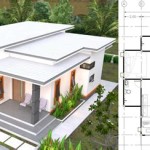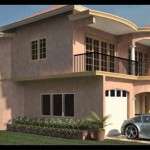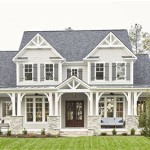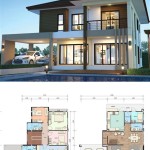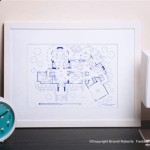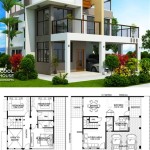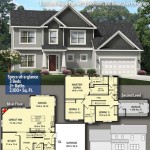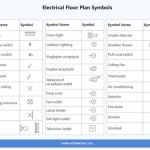Timber Framing House Plans: Essential Considerations
Timber framing, a timeless and enduring building technique, has gained renewed popularity for its aesthetic charm and structural integrity. When embarking on a timber framing project, meticulously crafted plans serve as the blueprint for a successful and enduring home. Here are essential aspects to consider when selecting and developing timber framing house plans.
1. Structural Design and Engineering
The structural design of a timber frame is paramount to ensure the safety and longevity of the home. Plans should include detailed drawings outlining the dimensions, species, and joinery of each timber member. A licensed structural engineer should review and approve the plans to verify their adherence to building codes and ensure the frame can withstand anticipated loads.
2. Floor Plan and Layout
The floor plan is the spatial arrangement of rooms within the home. Timber framing plans should clearly define the location, size, and shape of each room. Consideration should be given to traffic flow, natural light, and the relationship between different spaces. A well-designed floor plan creates a functional and comfortable living environment.
3. Roof Design and Construction
The roof design significantly impacts the overall aesthetics and functionality of the home. Plans should specify the type of roof (e.g., gable, hip, shed), its pitch, and the materials to be used. The design should ensure proper drainage, ventilation, and structural support.
4. Insulation and Energy Efficiency
Maintaining a comfortable interior climate is crucial in any home. Timber frame plans should include details on insulation materials and techniques to achieve desired thermal performance. Considerations include wall, ceiling, and floor insulation, as well as the use of energy-efficient windows and doors.
5. Window and Door Placement
Window and door placement not only affects the home's aesthetics but also its natural lighting and ventilation. Plans should indicate the location and size of each opening, ensuring they align with the floor plan and complement the overall design. Proper flashing and weatherstripping details should be included to prevent water infiltration.
6. Connection Details and Joinery
The joinery techniques used to connect the timber members are essential to the structural integrity of the frame. Plans should clearly illustrate the type of joints to be employed (e.g., mortise-and-tenon, dovetail) and provide detailed specifications for cutting and assembling the timbers.
7. Material Specifications and Sourcing
The selection of timber species and the quality of materials used play a vital role in the performance and durability of the home. Plans should specify the species of wood to be used, its grade, and the source of the materials. Sustainable and responsibly sourced timber practices should be prioritized to ensure environmental stewardship.
Conclusion
Thoroughly developed timber framing house plans form the foundation for a beautiful, durable, and energy-efficient home. By considering these essential aspects during the planning stage, homeowners and builders can create a structure that will stand the test of time and provide years of comfort and enjoyment.

Timber Frame House Plan Design With Photos

Timber Frame Kits Home Builders

How To Read Timber Frame Floor Plans Design And

Timber Frame Designs Floor Plans Timberbuilt

Timber Frame Designs Floor Plans Timberbuilt

Timber Frame Straw Bale House Design The Year Of Mud
Timber Frame Home Plans Designs By Hamill Creek Homes

Timber Frame Plans Hq

Most Requested Timber Frame Floor Plans Check Them Out

Timber Frame House Plan Design With Photos

